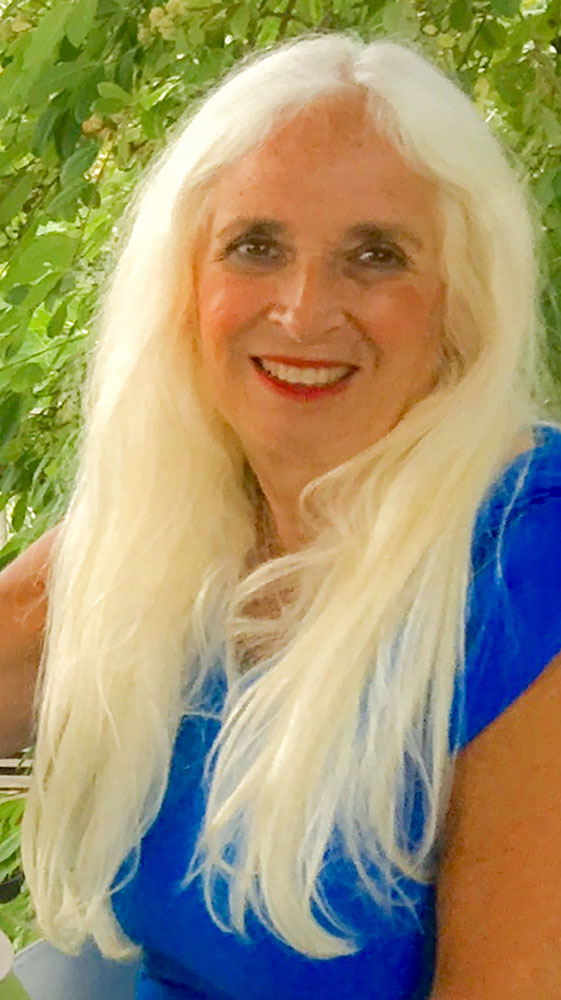Based in the San Francisco Bay Area, Suzanne Engelberg is especially interested in interpretive landscape photography. Her connection to the natural world has been a strong force throughout her life. She began her career as an attorney with a special interest in environmental law. Fifteen years ago, she became enthralled with photography and shifted her attention to this practice. Primarily self-taught, she has enhanced her knowledge through study at many venues, including the San Francisco Art Institute. She has exhibited extensively, both nationally and internationally, and is the author of Visions of Phoenix Lake.
While Suzanne has a particular passion for photographing forests and oceans, she is equally delighted to explore urban culture with her camera. Her style, which is often minimalistic and graphic, shows her strong affinity for color, particularly the myriad shades of blue. Overall, she is captivated by the way color, light, and form coalesce to create an image.
